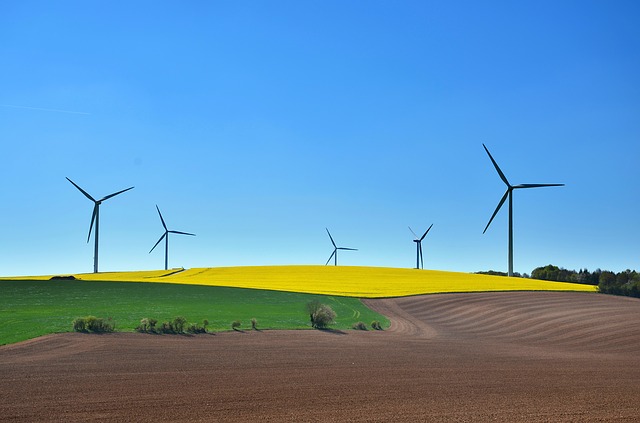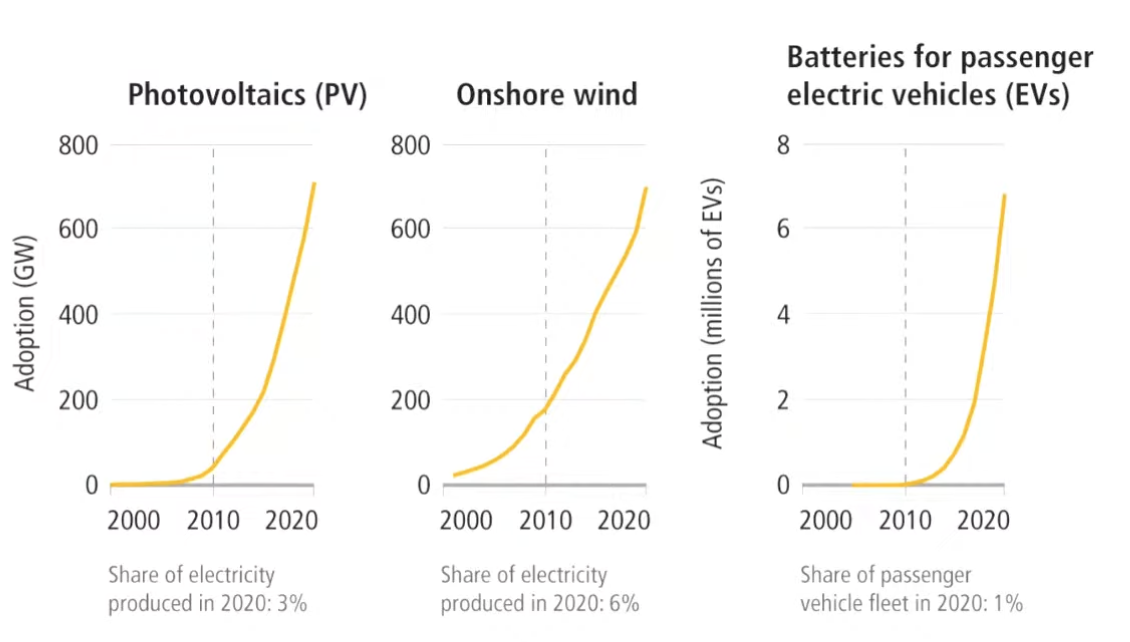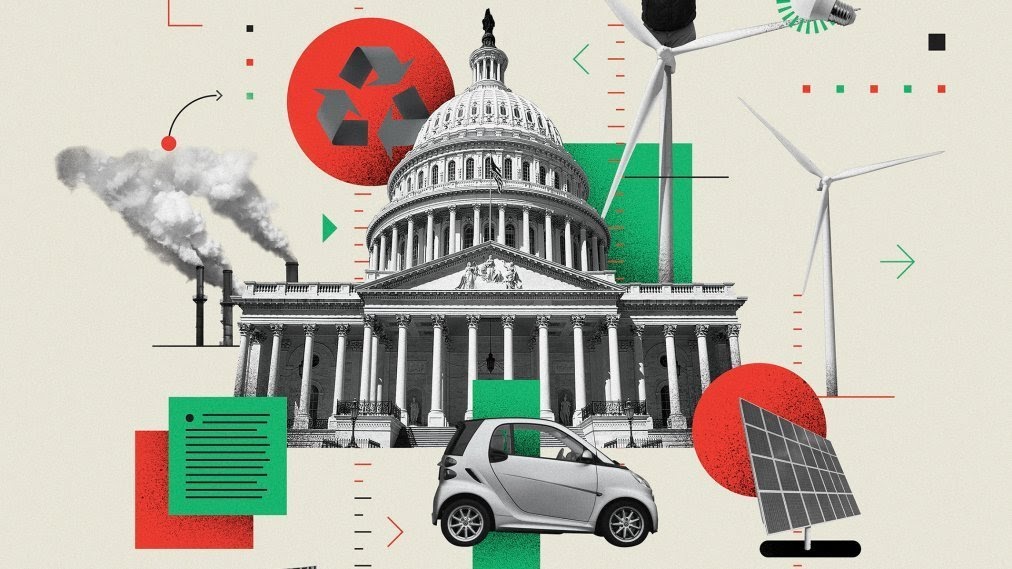 Many series come in trilogies, and the U.N climate report is no exception.
Many series come in trilogies, and the U.N climate report is no exception.
Today, the International Panel on Climate Change (IPCC) released the third of its three reports on the state of our Earth's climate. While the first two reports focused on the causes and the impacts of climate change, this third report lays out how we can tackle this growing problem.
If there was one message from the third report, it was the sense of urgency. Inger Andersen of the U.N Environmental Program summarized it best, saying "increased action must begin this year, not next year. This month, not next month. Today, not tomorrow."
Let's look at a few key takeaways from the report.
What Does Data Show?
 The report states that the annual greenhouse emissions have been the highest this past decade. In 2019, the emissions were 12% higher than in 2010 and 54% higher than in 1990!
The report states that the annual greenhouse emissions have been the highest this past decade. In 2019, the emissions were 12% higher than in 2010 and 54% higher than in 1990!
At the current rate, we could see a temperature increase of 3.2°C by the end of the century. To keep temperatures to within 1.5°C or 2°C, emissions have to reach their maximum peak by 2025 and reduce by 43% or 27% by 2030.
Scientists tell us that temperatures will stabilize only when we reach net-zero carbon emissions. Net-zero refers to the balance between the amount of greenhouse gases produced and the amount removed from the atmosphere.
The good news is that there is evidence that climate action is working. Over the past decade, the yearly average emission rate has reduced from 2.1% to 1.3%. The prices of solar and wind energy have dropped and in some cases, cost less than fossil fuels! The use of renewable energy sources like solar and wind has increased to 10% of global energy use over the past decade.
Taking Action!
 According to the IPCC committee, halving emissions by 2030 will require concrete steps such as a steep reduction in fossil fuel use and finding ways to generate energy locally with renewables. Improving the energy efficiency of devices and the use of alternate fuels like hydrogen or sustainable biofuels in aviation and shipping is also key.
According to the IPCC committee, halving emissions by 2030 will require concrete steps such as a steep reduction in fossil fuel use and finding ways to generate energy locally with renewables. Improving the energy efficiency of devices and the use of alternate fuels like hydrogen or sustainable biofuels in aviation and shipping is also key.
The report also noted that the richest 10% of households generate one-third to one-half of all global emissions, while the poorest 50% only generate 15%. There are lifestyle changes individuals can take by walking or cycling, taking electrified transport, reducing energy usage in homes, and shifting to balanced plant-based diets.
Cities can improve energy usage through better urban planning, producing and consuming sustainably-produced goods, and greening of landscapes. Buildings can be improved to better use energy and materials. Industries can reduce emissions by reusing or recycling products, minimizing waste, and using renewable energy sources.
The committee recommends reforestation, protecting natural ecosystems such as peatlands, wetlands, and grasslands, and improving the soil's capacity to sequester carbon. It may be necessary to find ways to capture and store carbon from the air directly as well.
However, to achieve these goals, the world will need to step up its commitment and invest 3-6 times more funding than today.
Sources: IPCC, NYTimes







